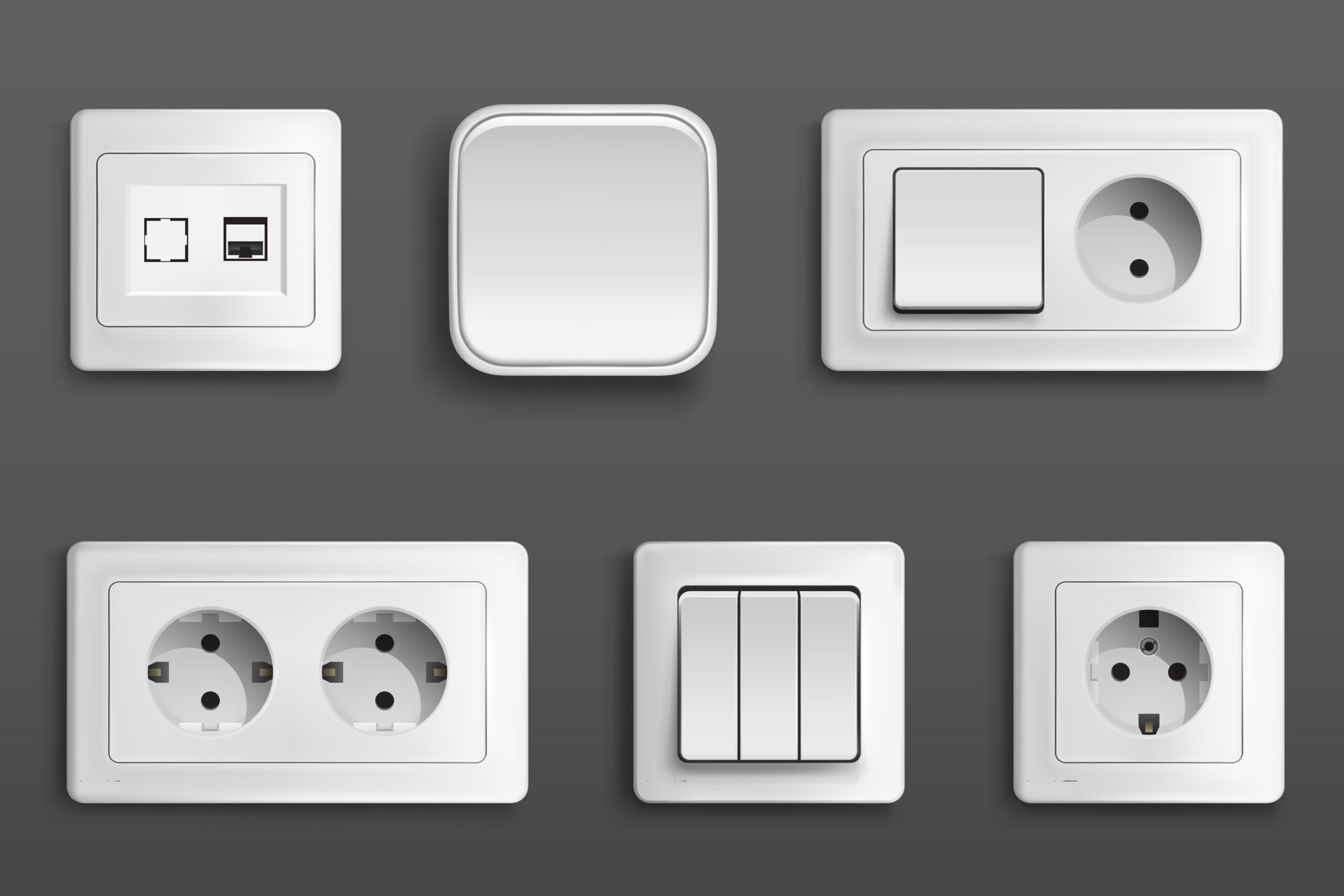In today’s world, electrical efficiency is more important than ever. Whether it’s for residential, commercial, or industrial settings, optimizing energy usage helps reduce costs, increase sustainability, and improve overall safety. One of the key components that play a vital role in achieving electrical efficiency is the switch board. While often overlooked, the switch board is at the heart of every electrical system, regulating the flow of electricity, ensuring safety, and enhancing the efficiency of the entire system. In this blog, we’ll explore how switch boards contribute to electrical efficiency and why they are essential for modern power distribution.
1. Centralized Control and Distribution
Switch boards are essentially the command centers for electrical systems. They manage and control the flow of electricity throughout a building or facility. By distributing power from a central location, switch boards ensure that energy is delivered efficiently to the right circuits without overloading or wastage.
- Optimized Power Distribution: Switch boards allow electricity to be distributed in a controlled and efficient manner, reducing the chances of energy loss.
- Load Balancing: A well-designed switch board ensures that electrical loads are balanced across circuits, preventing overloading and improving energy use efficiency.
2. Safety Features That Prevent Energy Wastage
Electrical safety is critical for preventing accidents like short circuits, overloads, or electrical fires. A switch board equipped with the right safety features can prevent these issues from causing significant energy loss or system failure.
- Circuit Breakers: Switch boards typically include circuit breakers that disconnect power to a circuit if it becomes overloaded. This prevents damage to electrical equipment and reduces energy wastage.
- Surge Protection: With proper surge protection, switch boards safeguard the system from voltage spikes that can result in energy wastage and damage to appliances.
- Fuses and MCBs (Miniature Circuit Breakers): These components automatically disconnect the circuit when the current exceeds safe levels, ensuring that no unnecessary power is used.
3. Energy Monitoring and Management
Modern switch boards are equipped with advanced features like energy meters, monitoring systems, and intelligent controllers that allow users to track and manage energy usage in real-time.
- Energy Efficiency Monitoring: Switch boards with built-in energy meters help track the electricity consumption of various circuits, making it easier to identify areas where energy usage can be optimized.
- Smart Switch Boards: Many switch boards now feature smart technology that allows users to remotely monitor and control power usage, helping to avoid waste and promote energy savings.
4. Integration with Renewable Energy Sources
Switch boards play a critical role in integrating renewable energy sources, such as solar panels or wind turbines, into the electrical grid. With the increasing focus on sustainable energy, switch boards make it possible to harness energy from renewable sources efficiently.
- Solar Power Integration: Switch boards equipped with solar inverters can seamlessly manage the power generated from solar panels, optimizing its use within the building or facility.
- Battery Storage Systems: Some switch boards also manage energy storage systems that store excess energy from renewable sources for use when needed, reducing reliance on grid power and enhancing energy efficiency.
5. Load Shedding and Demand Control
Switch boards enable load shedding, which is the practice of reducing the load on the electrical system during peak demand hours. This helps prevent system overloads and reduces the risk of power outages while ensuring that energy is used as efficiently as possible.
- Demand Side Management: Advanced switch boards allow for the implementation of demand-side management strategies, helping to control energy usage and shift consumption to off-peak hours, reducing the strain on the grid.
- Smart Load Shedding: Smart switch boards can automatically detect when demand is high and temporarily shut off power to non-essential loads, ensuring that critical systems continue to operate without compromising energy efficiency.
6. Reducing System Losses
Electrical systems are prone to energy losses due to resistance, overheating, and inefficiencies in transmission. Switch boards help minimize these losses by ensuring that electricity flows through the system efficiently.
- Reducing Line Losses: A well-designed switch board can reduce the chances of energy losses during transmission by ensuring optimal wiring and correct load distribution.
- Power Factor Correction: Some switch boards are equipped with power factor correction equipment that helps improve the power factor of the system, reducing energy losses and improving the overall efficiency of the electrical system.
7. Ease of Maintenance and Troubleshooting
Regular maintenance is key to ensuring the efficiency and longevity of any electrical system. Switch boards provide an easy point of access for maintenance and troubleshooting.
- Quick Identification of Faults: Switch boards are equipped with indicators, meters, and alarms that help identify faults quickly, allowing for immediate corrective action and preventing further energy waste.
- Streamlined Maintenance: By centralizing control in one location, switch boards simplify the maintenance process, ensuring that technicians can quickly assess the system’s performance and take action when needed.
8. Scalability for Future Efficiency Improvements
As energy efficiency technologies evolve, switch boards are becoming increasingly adaptable. Modern switch boards are designed to accommodate upgrades, such as energy-efficient lighting systems, electric vehicle (EV) chargers, and more.
- Future-Proofing Systems: Switch boards that are easily scalable allow businesses and homeowners to integrate new technologies without overhauling the entire electrical system.
- Seamless Upgrades: As energy-efficient solutions become more widely available, upgrading a switch board to incorporate these new features can further enhance electrical efficiency.
Conclusion
Switch boards are more than just an electrical control system; they are an essential component for enhancing electrical efficiency. From optimizing power distribution and preventing energy wastage to integrating renewable energy sources and enabling smart monitoring, switch boards contribute to making electrical systems more reliable, safe, and energy-efficient.
As we move toward a more energy-conscious future, having a modern, well-designed switch board is crucial for anyone looking to reduce their energy consumption and improve the performance of their electrical system. Whether for residential or industrial use, switch boards play a pivotal role in ensuring that energy is used efficiently and sustainably.


Leave a reply